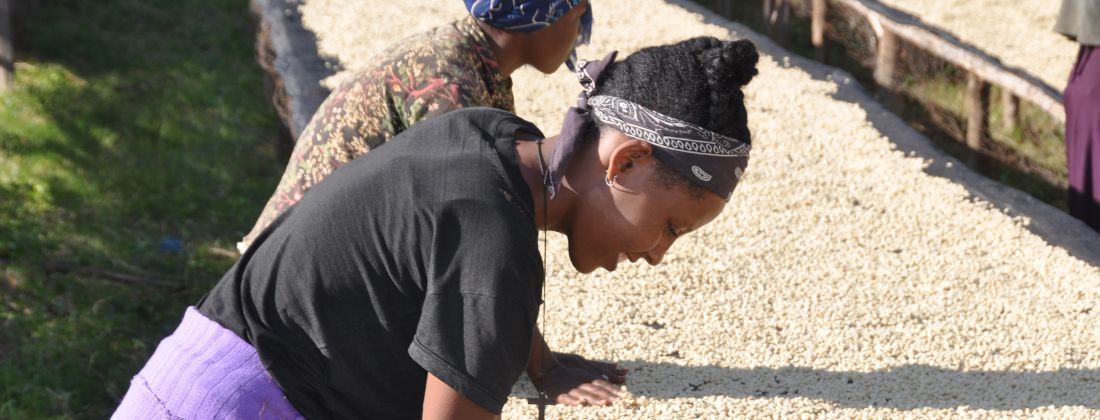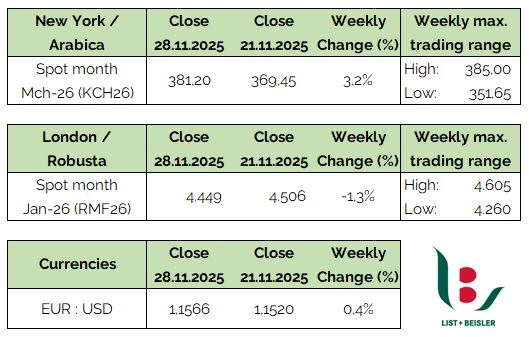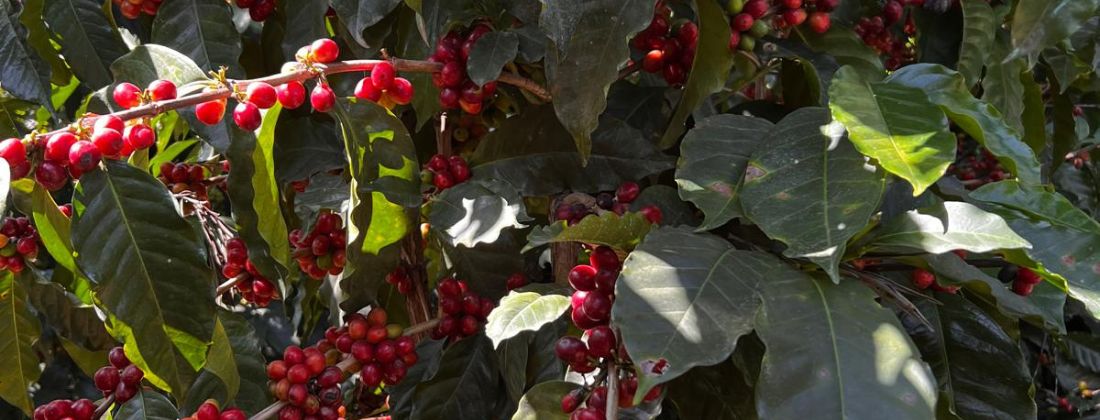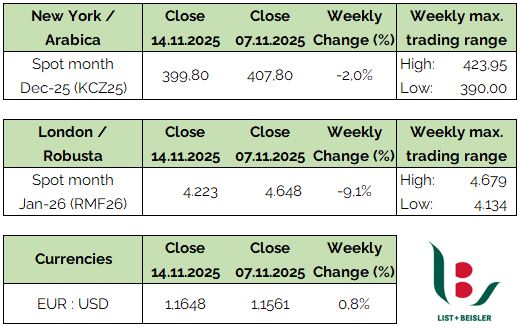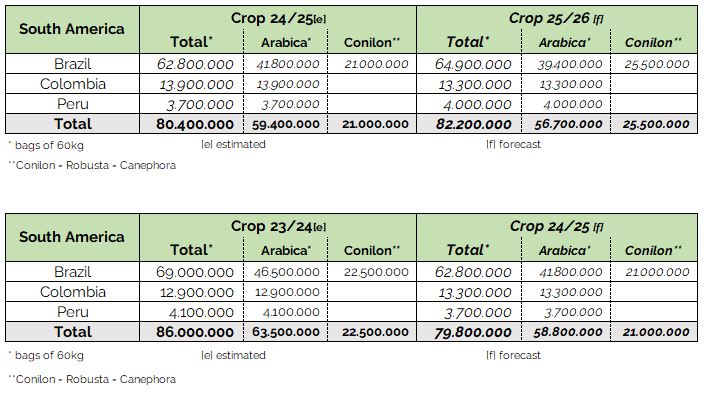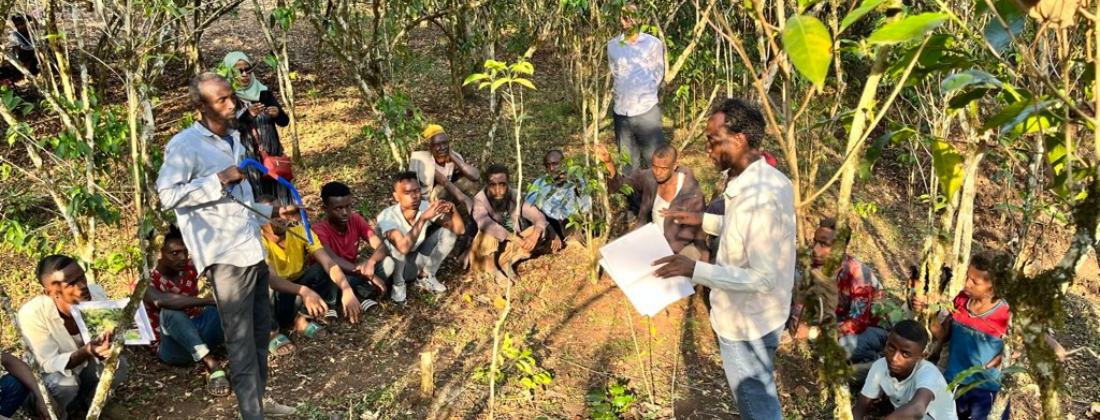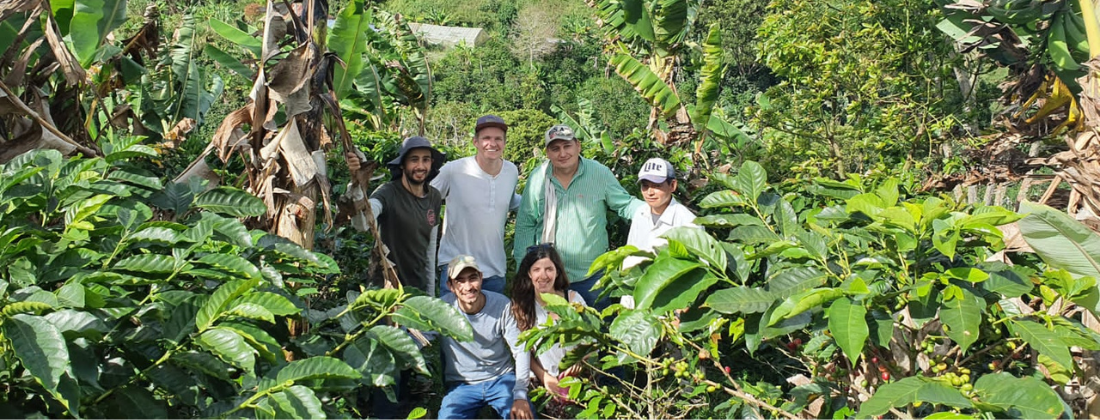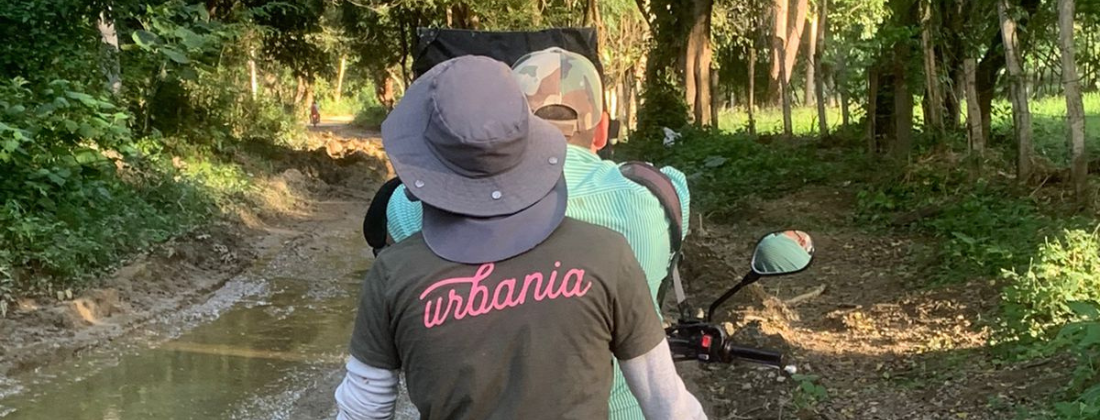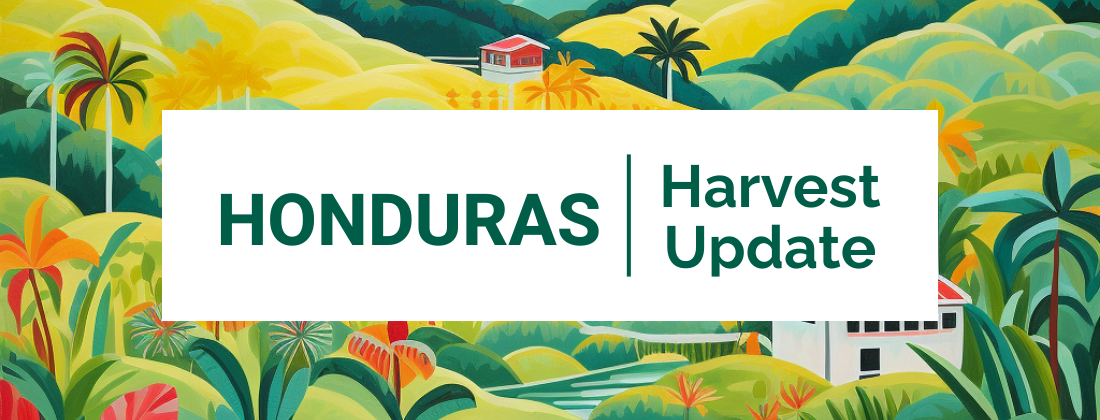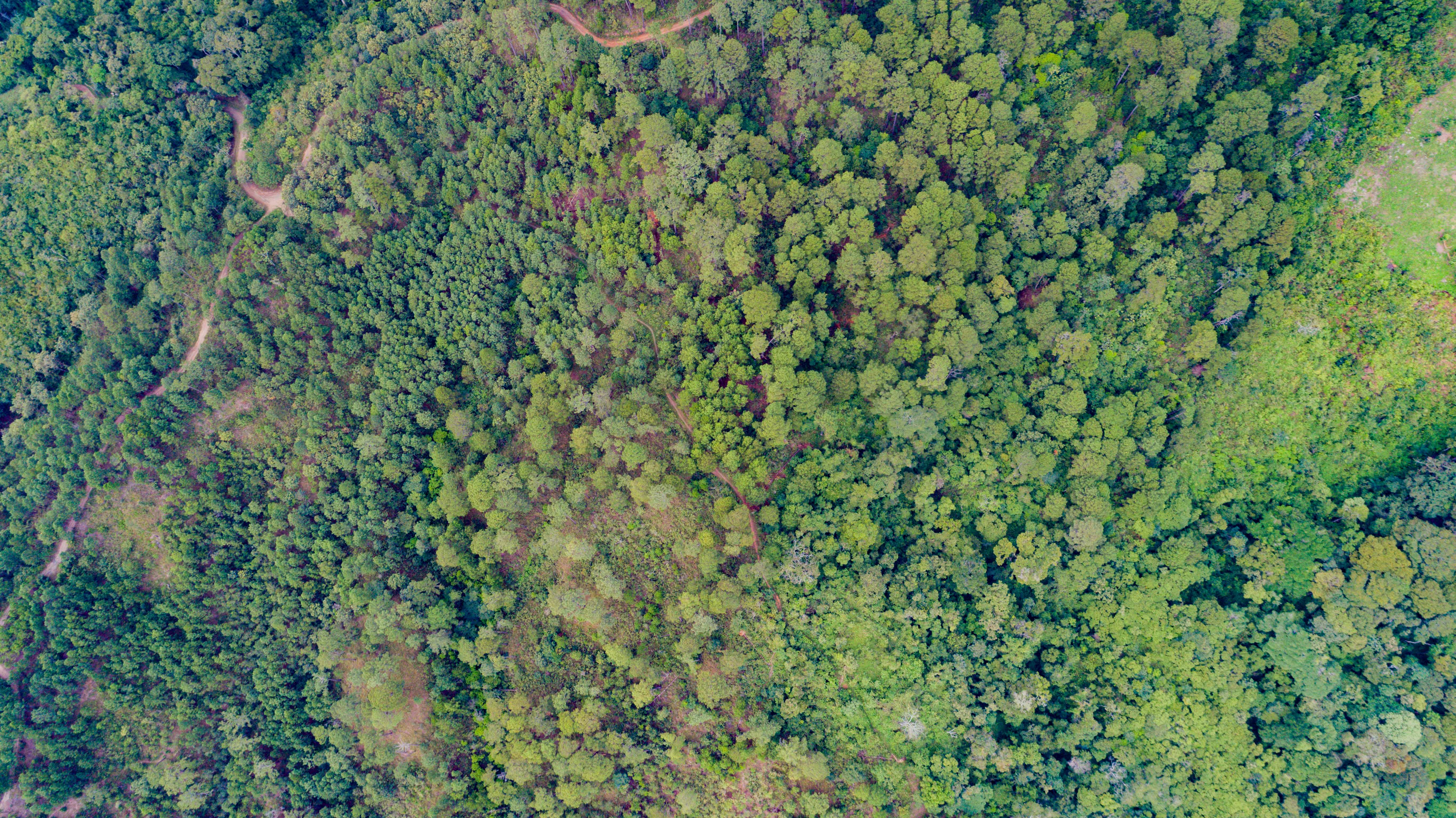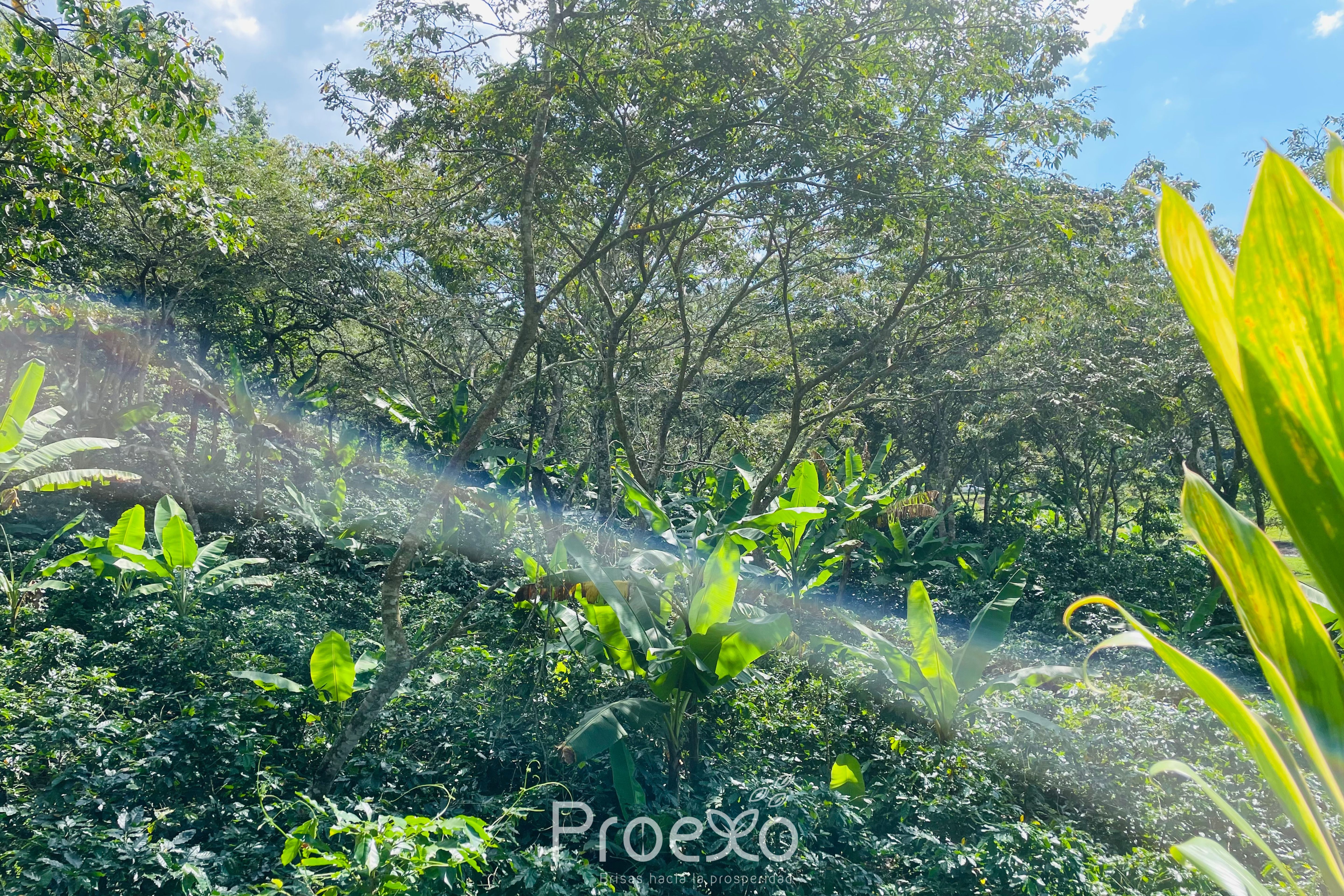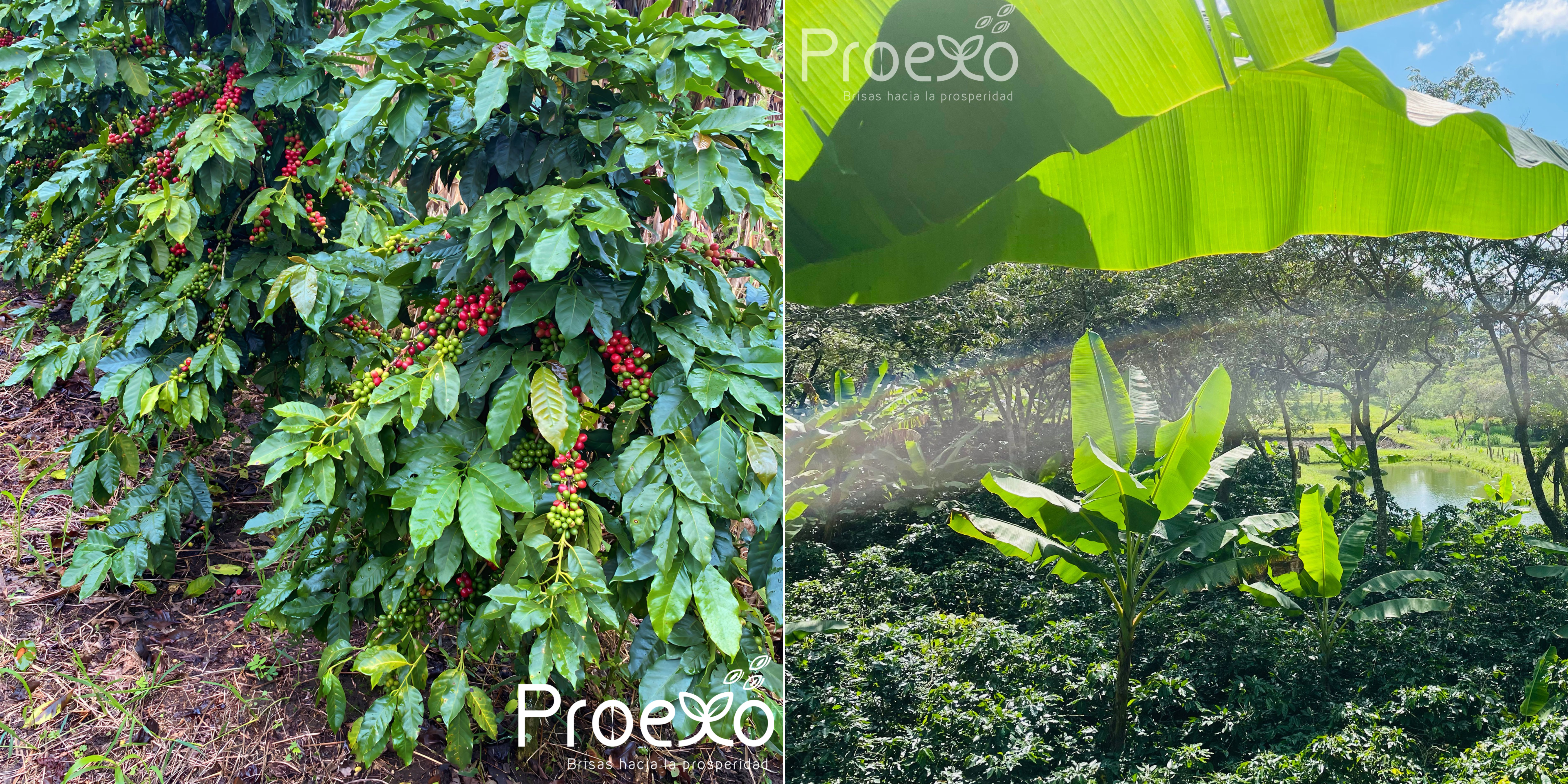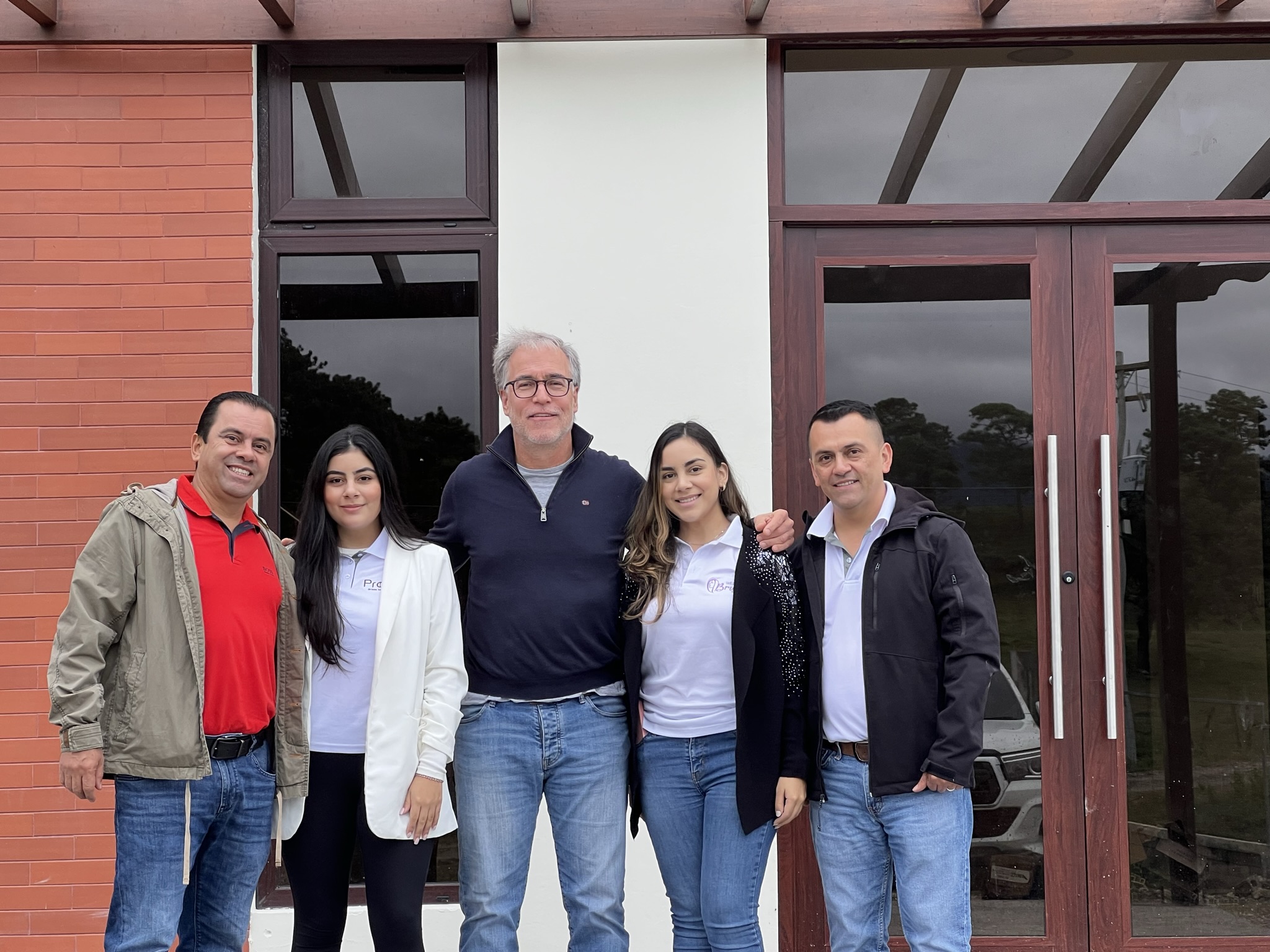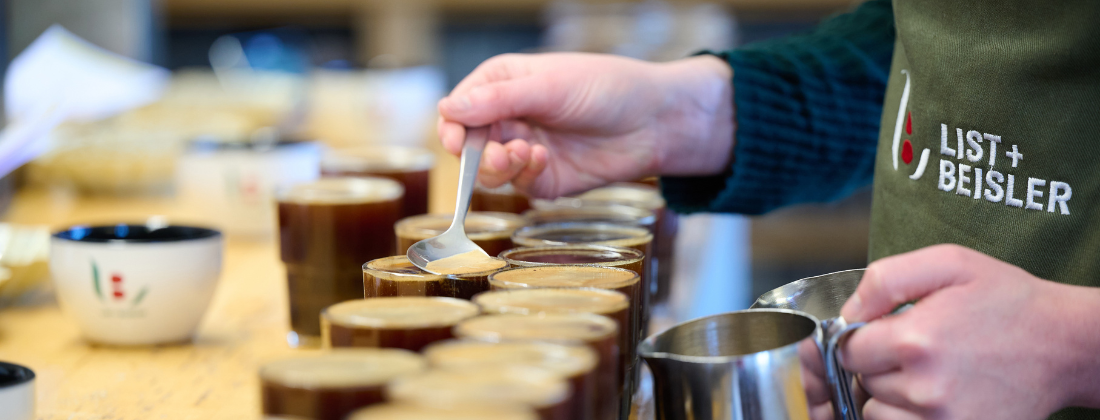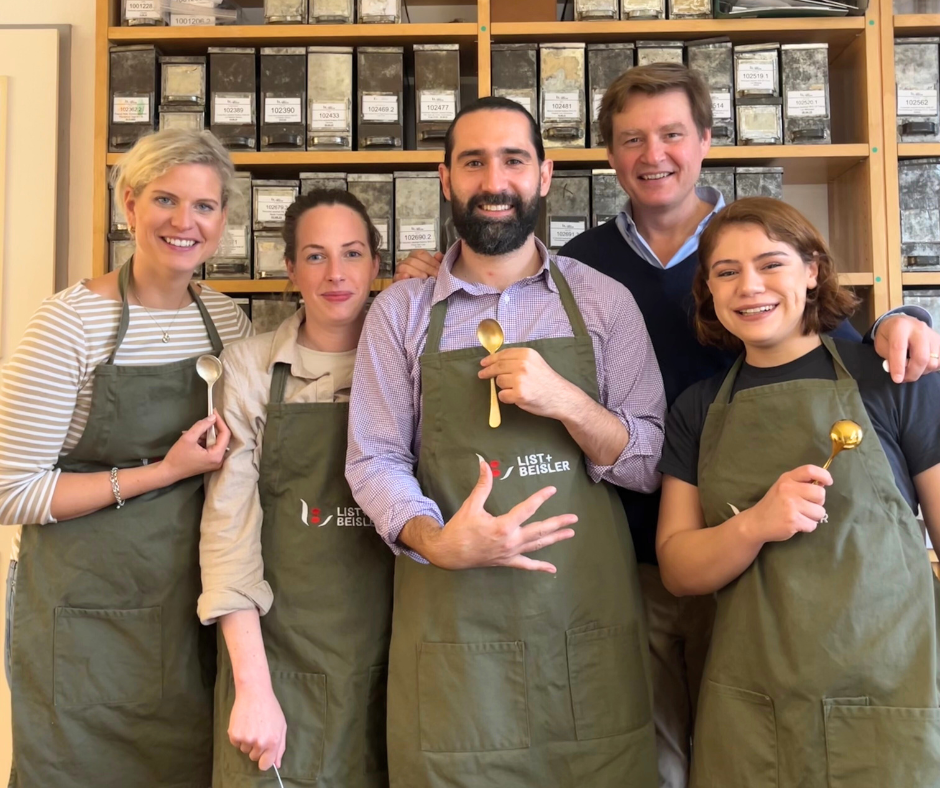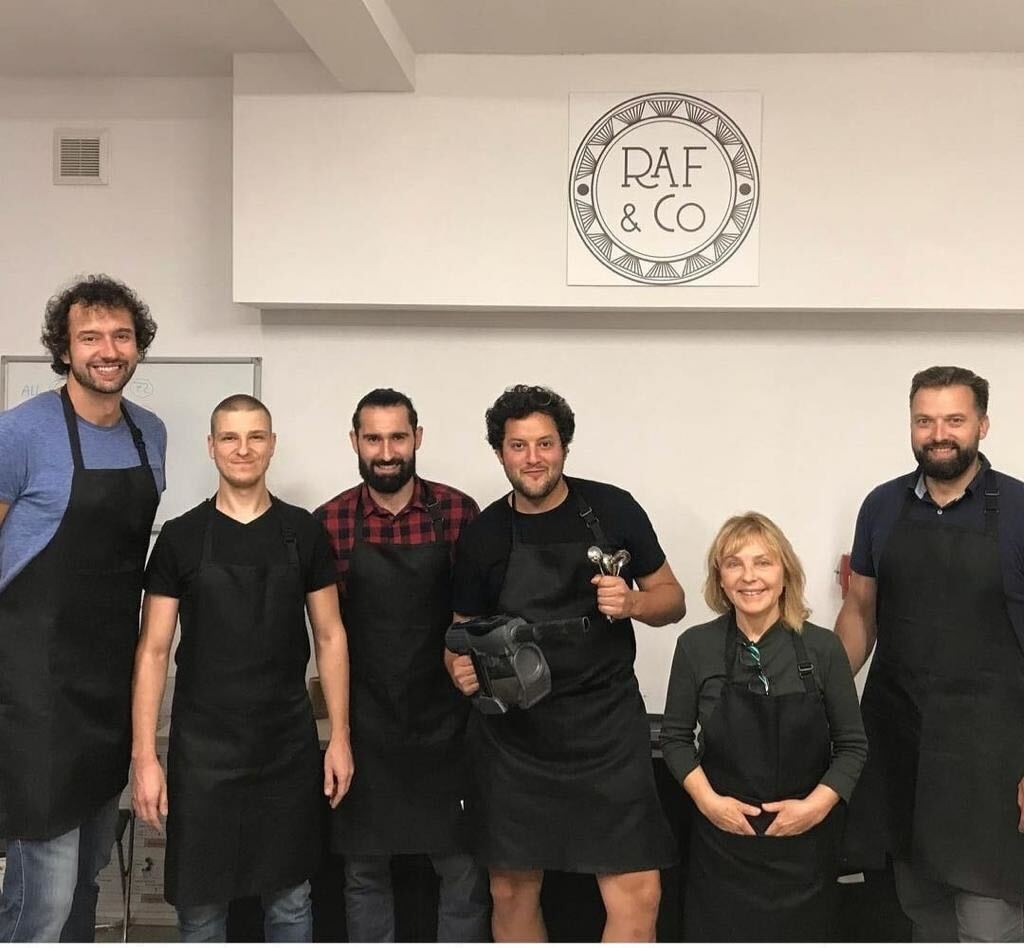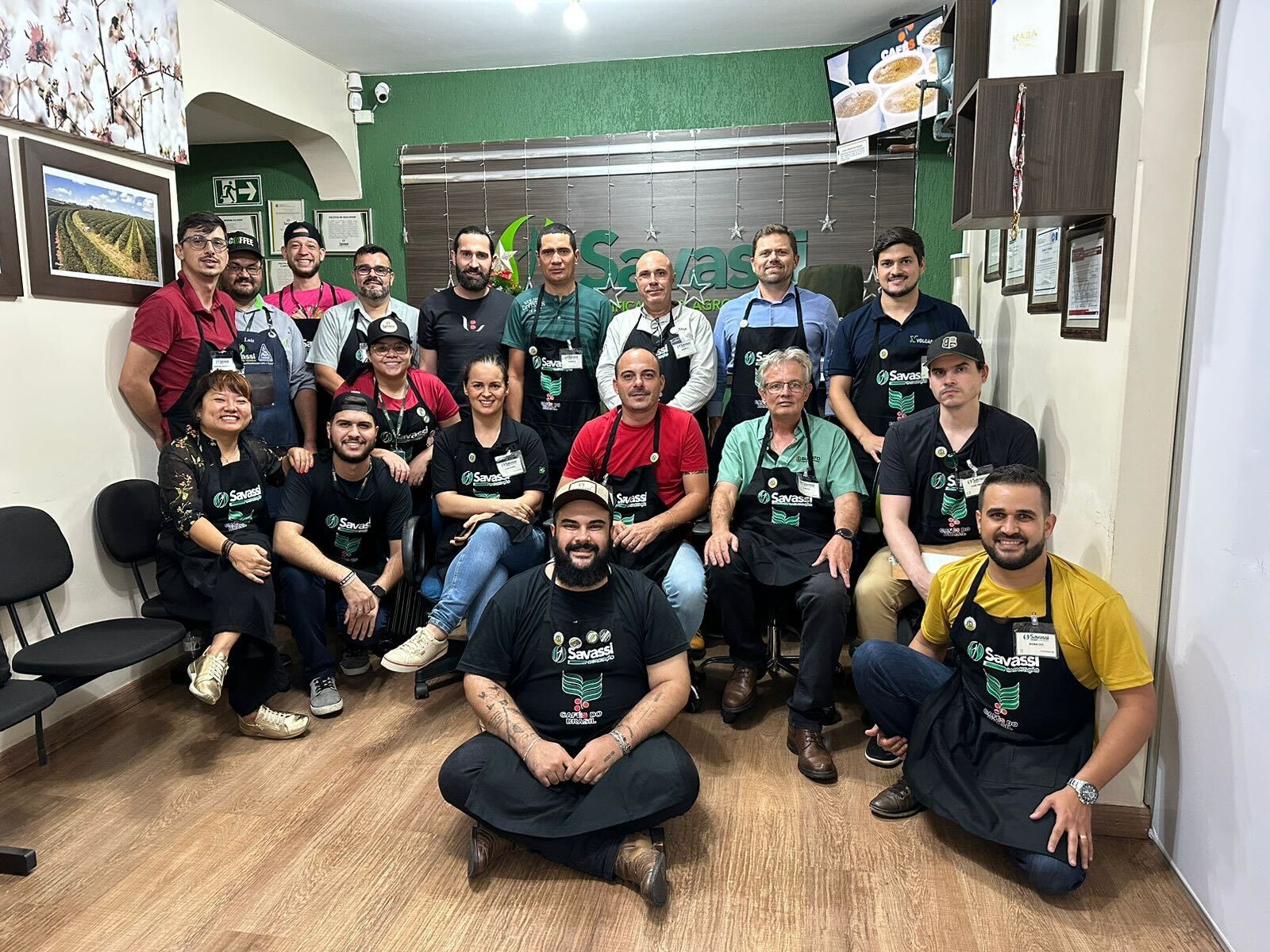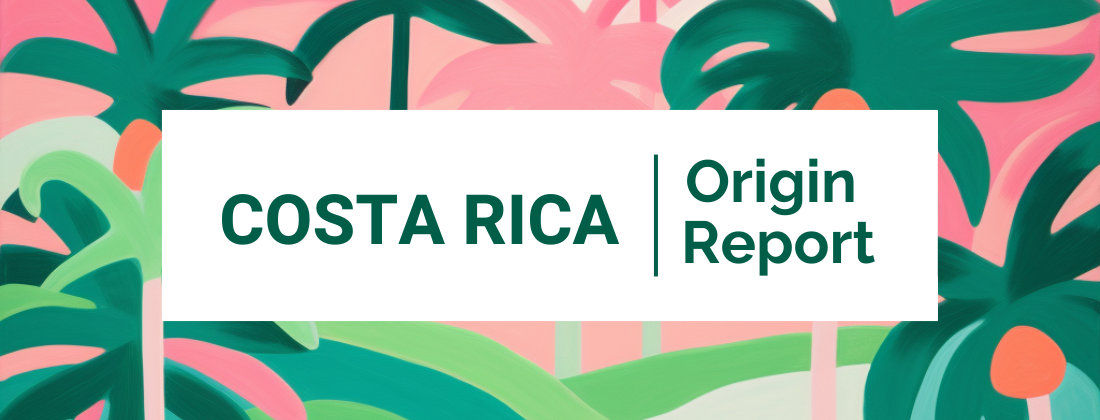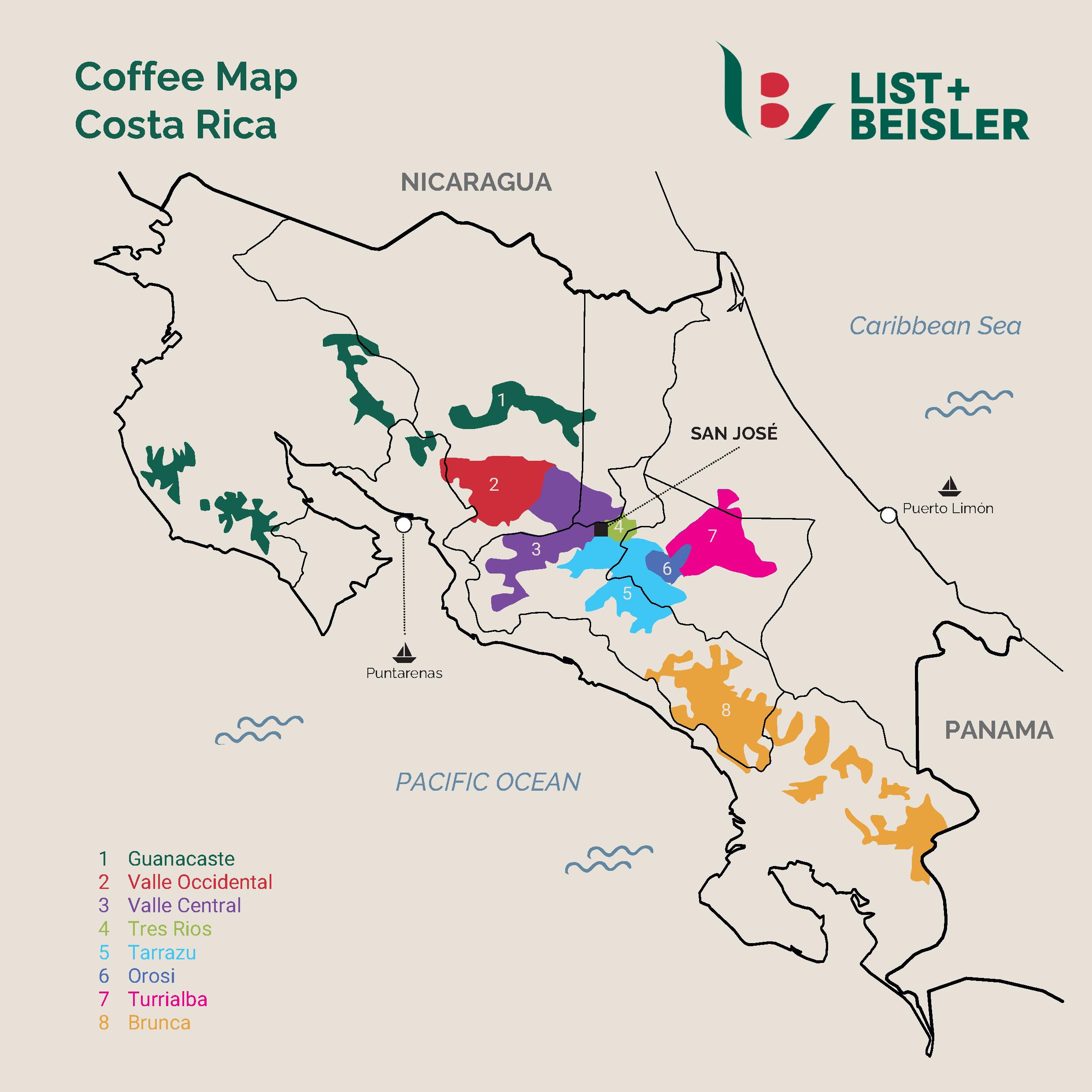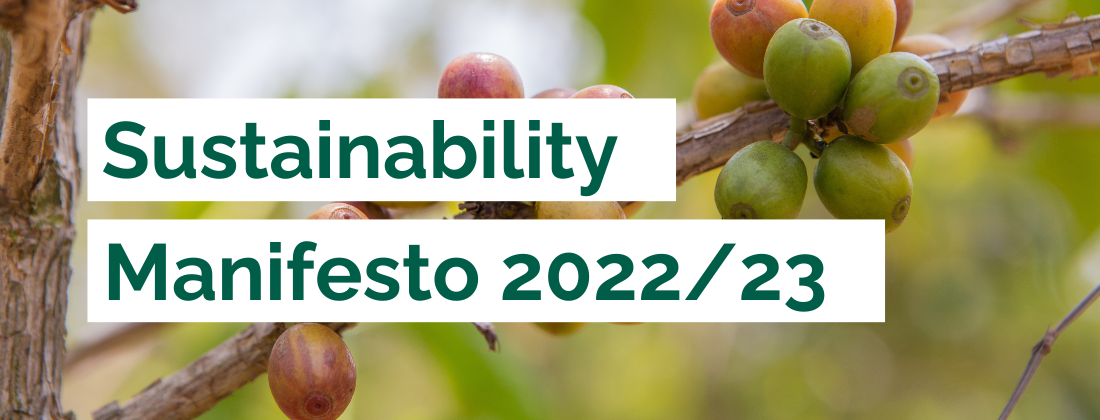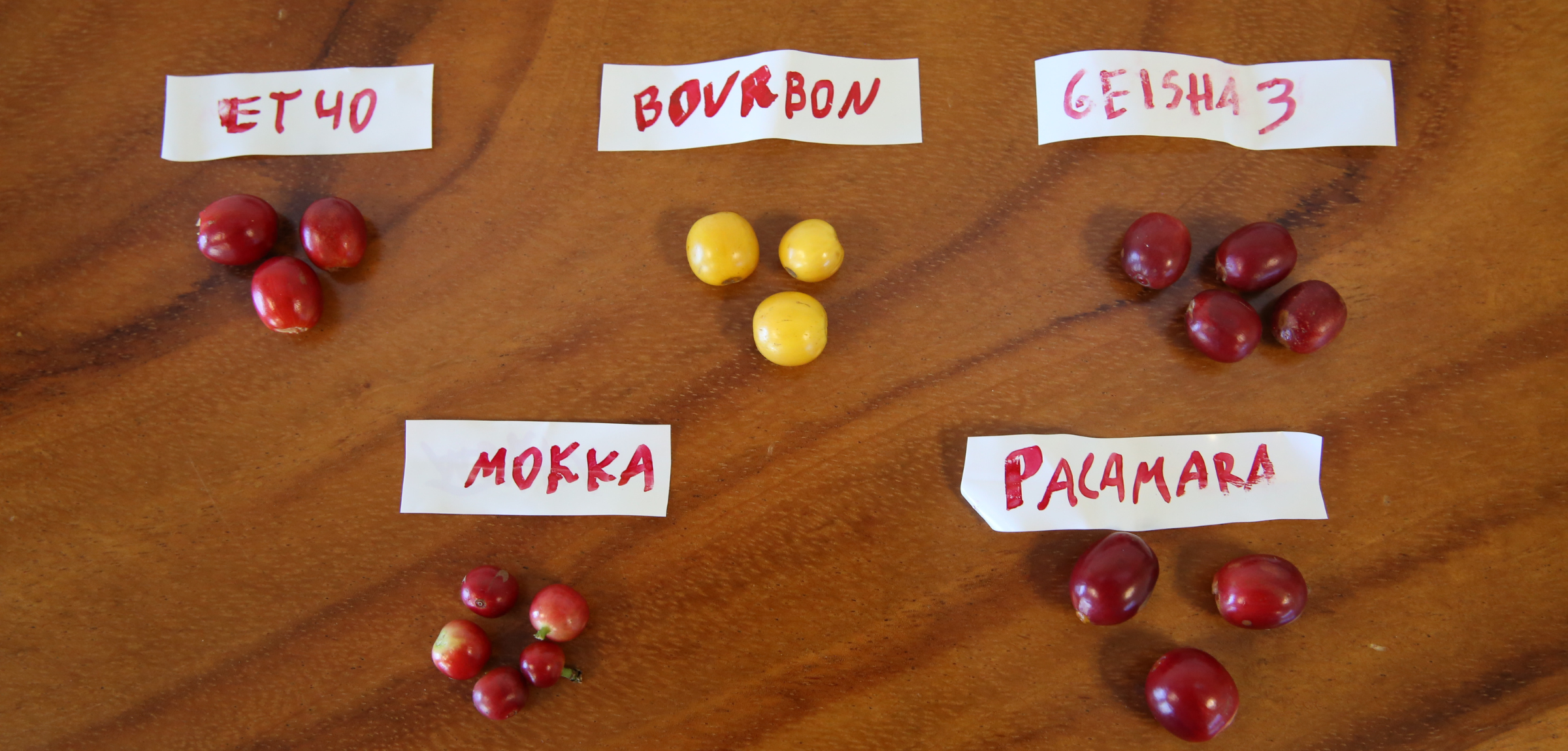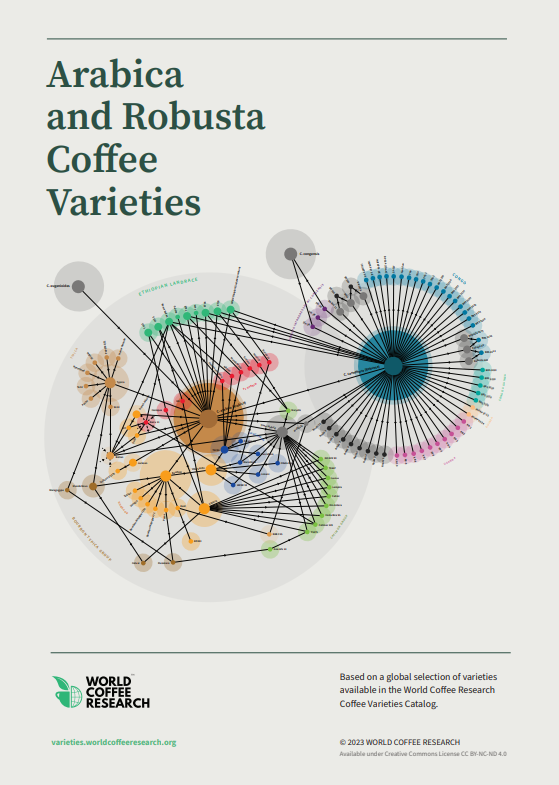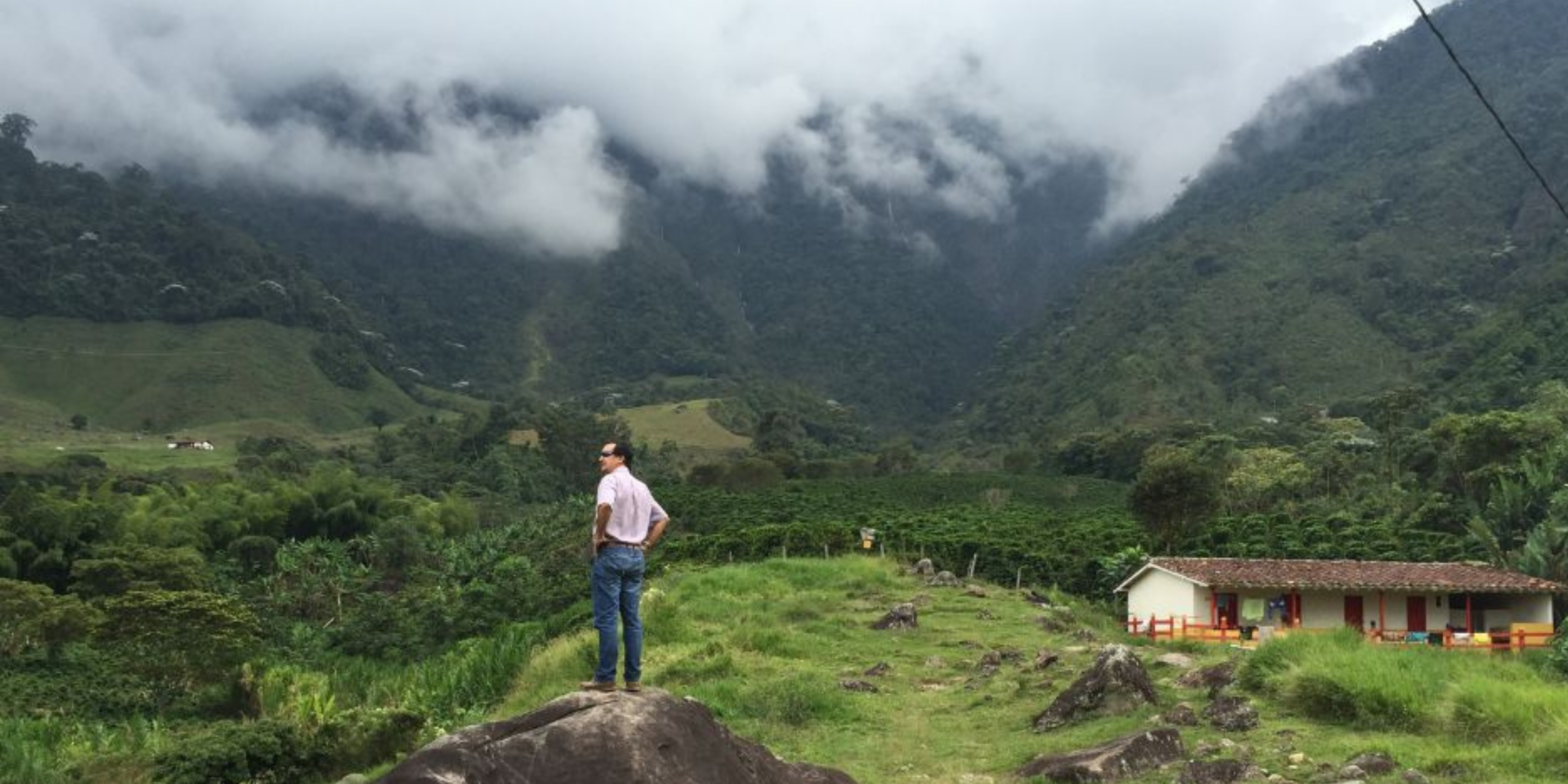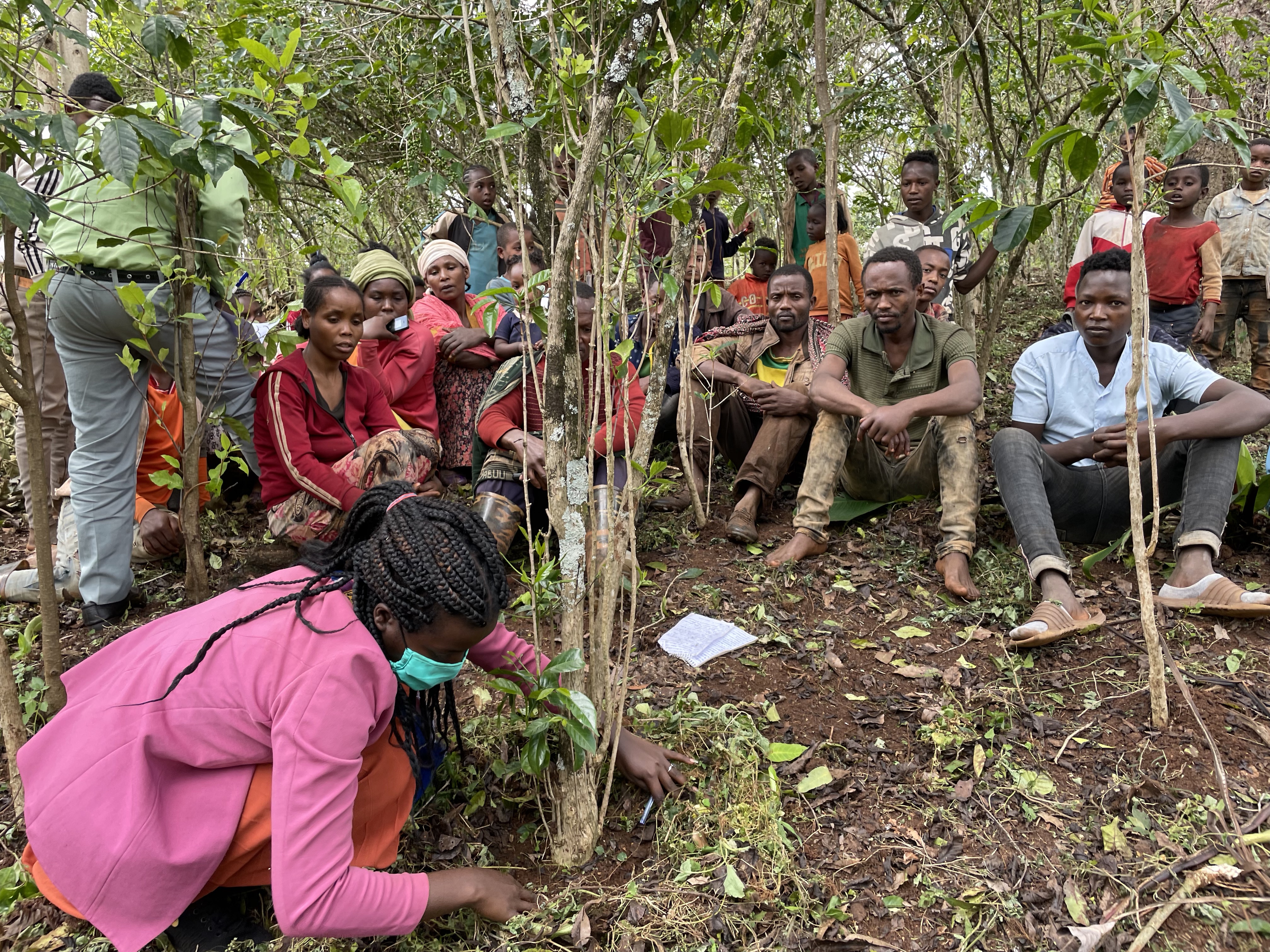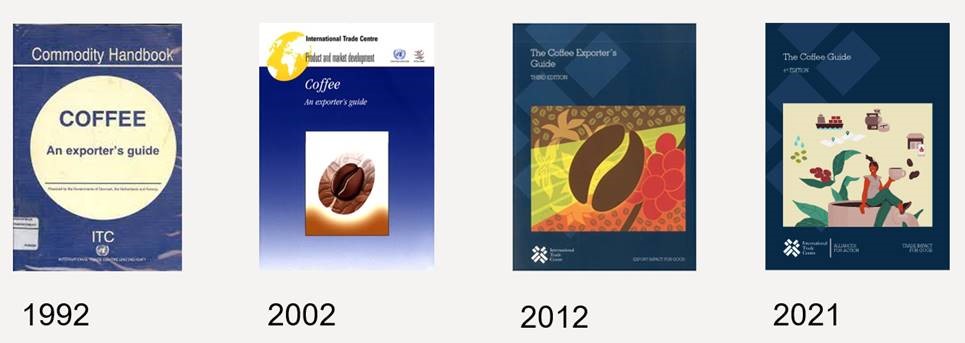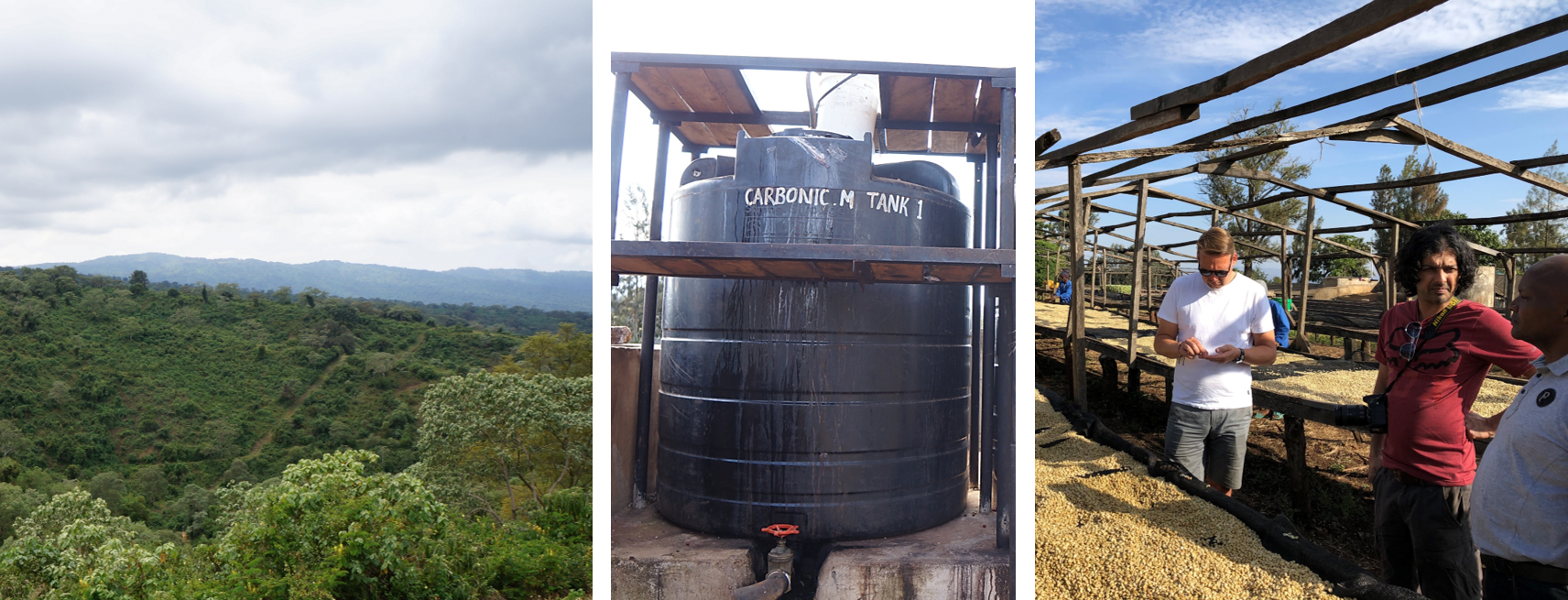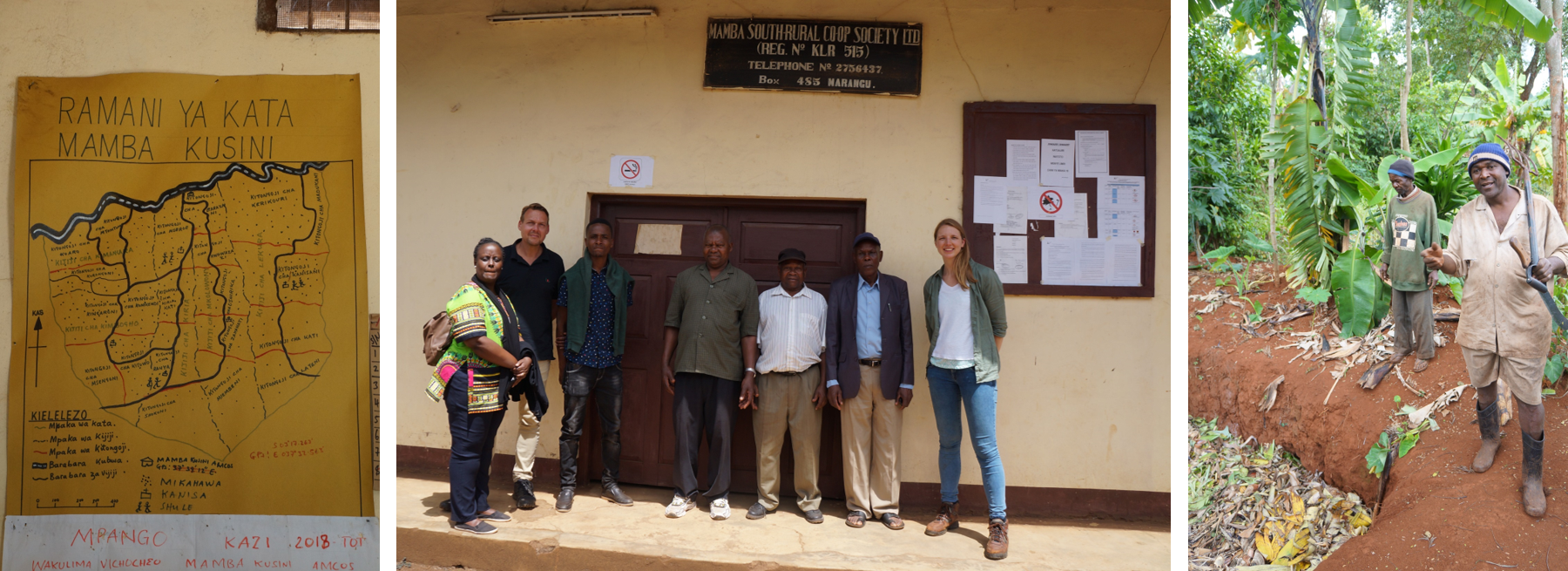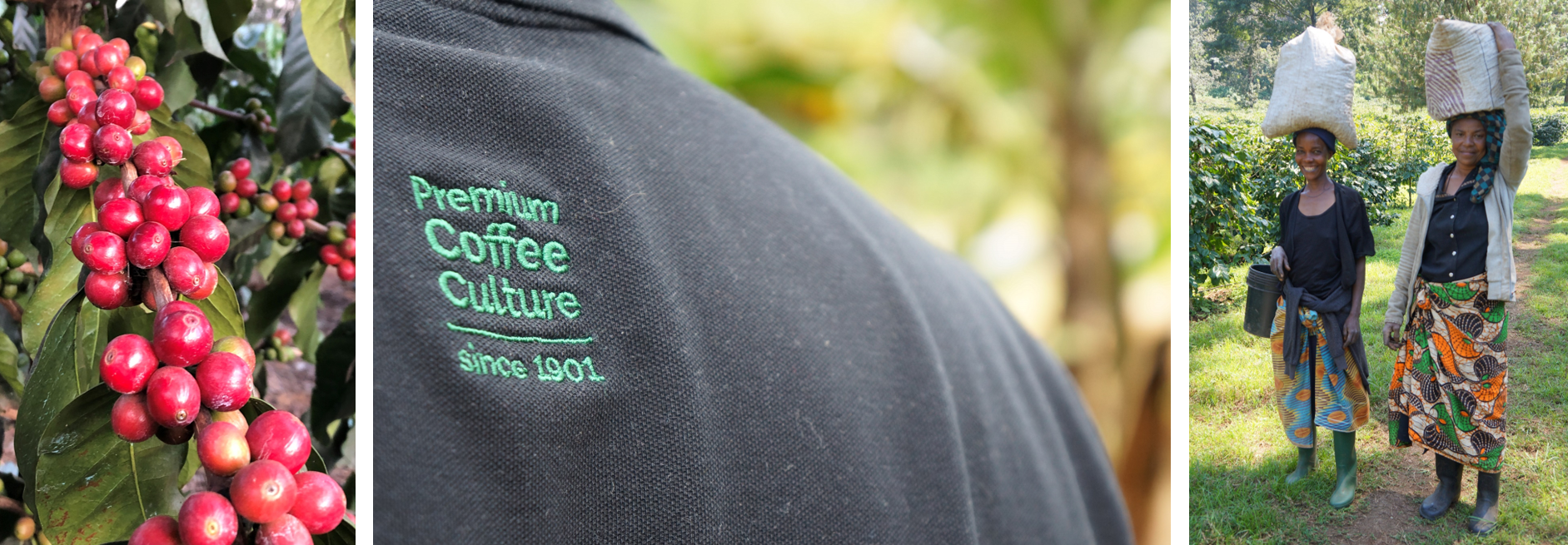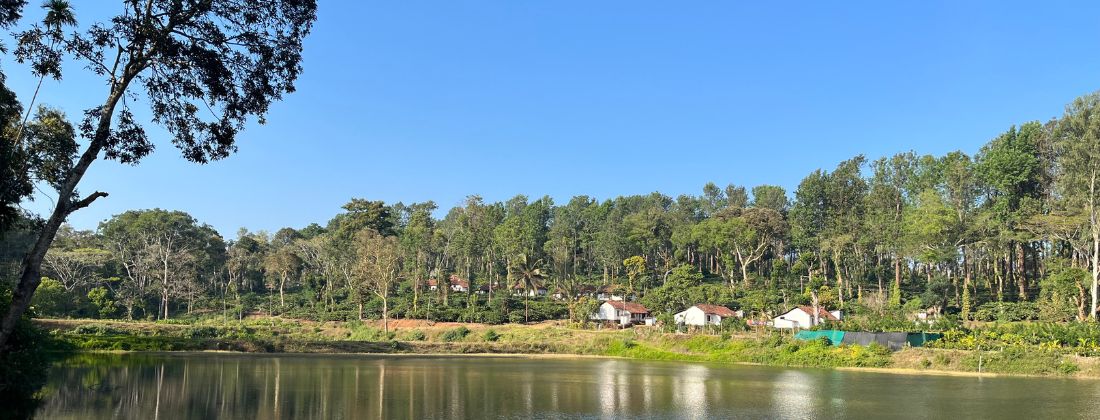
Coffee Market News
Isn't it a little bizarre? We rely on macroeconomic indicators such as GDP, inflation, unemployment and productivity—metrics belonging to a purely economic, and therefore subordinate, system. Yet the higher-order system on which all of this rests, nature itself, is nowhere to be found in these figures. Its effects remain invisible, even as they increasingly shape and constrain the very economies we are attempting to measure.
Markets fixate, for instance, on the fact that US inflation came in below expectations in November—prompting speculation that the Federal Reserve might still cut rates before year-end. Yet, following recent personnel reshuffles at the Fed, the question of how reliable these numbers truly are looms larger than ever.
Similarly, attention is turning to the eurozone, where GDP growth is slowing more sharply than forecast. Recessionary fears are spreading, and many expect consumer spending to weaken in the first quarter of 2026.
At the same time, factories in China are reporting declining output. Exports are falling short of expectations and cannot be sufficiently cushioned by a domestic market that remains comparatively small.
Amid all these observations, we often fail to acknowledge the feedback loops coming from nature itself. In recent weeks, record floods have swept across Southeast Asia. The images of submerged villages and streets in Sumatra, Vietnam and Sri Lanka are devastating—thousands of people have lost their homes; infrastructure damage runs into the billions. Alongside the humanitarian crisis comes a significant economic burden. But where, precisely, does this appear in our economic accounts? How does such destruction register in GDP, in inflation, or in productivity?
To provide swift, uncomplicated assistance in such catastrophic situations, we have established a Quick Relief Fund, from which we have already disbursed resources to our partners in the Aceh province of Sumatra. These funds have been used to procure water, milk and food supplies for the affected communities.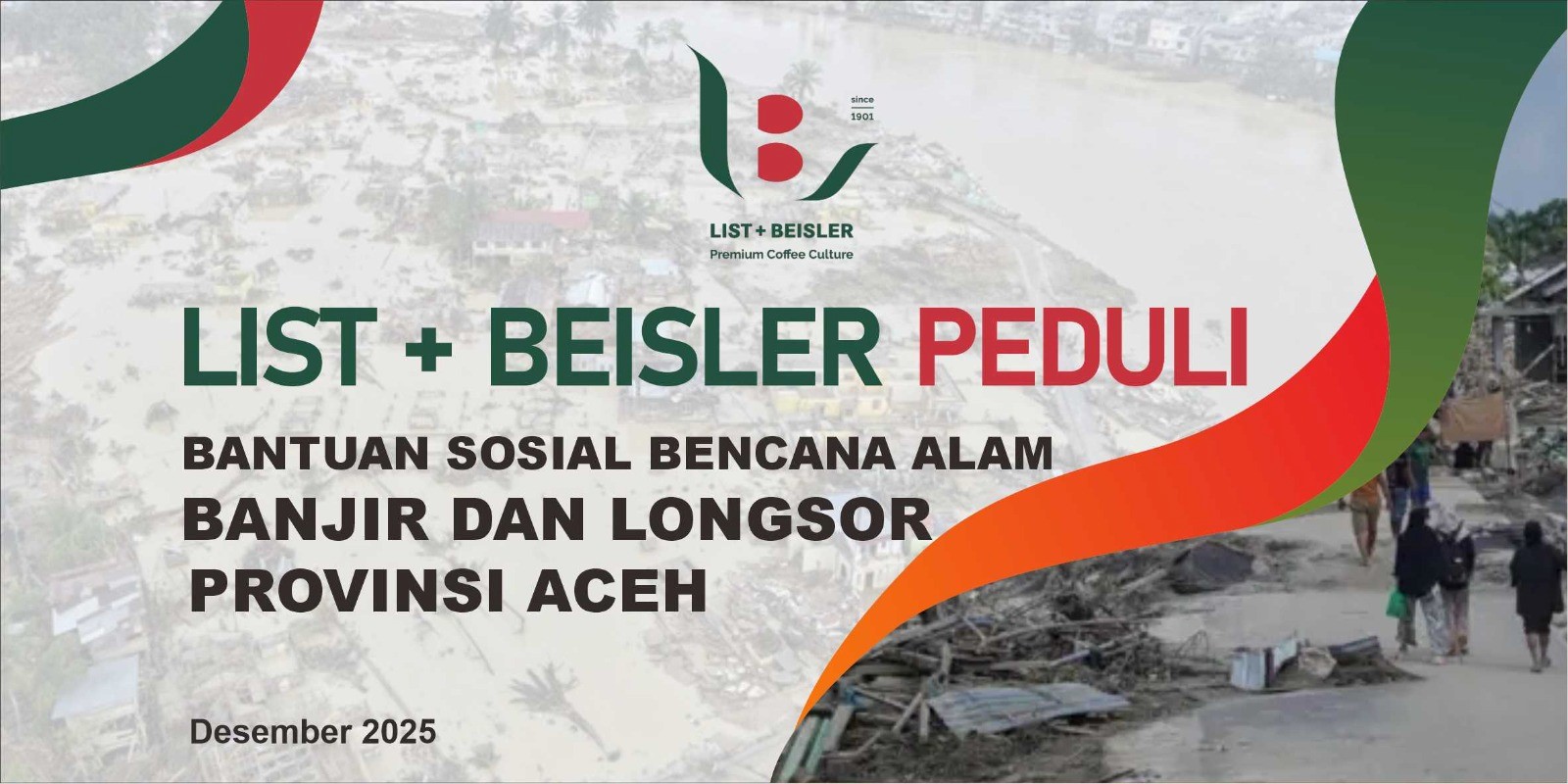
Fortunately, the floods and landslides spared the warehouses—but only narrowly.
Whether it is flooding in Southeast Asia, persistently strong crop forecasts in Brazil, weakening consumption in the United States or yet another postponement of the EUDR (now slated to begin on 30 December 2026), coffee prices remain at record-high levels. The coffee markets appear to be searching for a new sense of direction; and as this takes shape, they continue to consolidate at elevated levels.
Arabica prices in New York seem stuck in a narrow band between 385 c/lb and 370 c/lb. The week was marked by unusually low trading volumes and closed with a modest 1.7% decline to 374.85 c/lb. Robusta, meanwhile, fell steadily—though only moderately—over the past week, ending at 4,295 USD/MT, down 3.5%.
Below you will find the latest market details:

Origin News: Asia Pacific
Vietnam
Since mid-November, overlapping tropical storms and intensified monsoon systems have caused catastrophic flooding and landslides across Sri Lanka, Indonesia, Thailand, Malaysia, the Philippines, and Vietnam. After passing through the Philippines, where it claimed at least 188 lives, Typhoon Kalamegi reached Vietnam in the first week of November. It also struck the Central Highlands, causing damage mainly to the infrastructure in Dak Lak and Gia Lai leading to inundated roads and widespread blackouts.
The excessive rainfall has affected coffee-producing regions, delaying the harvest and causing losses for farmers, as a some cherries have fallen from the trees.
Despite the weather-related damage, Vietnam remains resilient. Forecasts indicate that Vietnam's 2025/2026 Arabica and Robusta production is set to rise. Robusta is expected to yield approximately 1.7 million tonnes, the highest level in four years, representing 10% year-on-year growth. The increase is attributed to favorable weather conditions and ongoing investment in farms, which also points to promising quality. Currently, about 15% of the harvest is complete, reflecting delays caused by the recent weather compared with the previous season. The harvest is expected to peak in the coming weeks.
There are no news coming from the ports.
Indonesia
Weather conditions in Indonesia have been extremely severe. Over the past week, northern and western Sumatra have been particularly affected as Cyclone Senyar crossed the archipelago, bringing torrential rain, flooding, and landslides. More than 900 casualties have been reported, thousands displaced, and many remain missing.
These conditions coincide with the region's main Arabica harvest. Many producing communities have damaged infrastructure and remain isolated due to destroyed roads and bridges. The full extent of the impact on farmers and the coffee crop is still unclear. Our suppliers in Sumatra report that there is currently no land connection from Aceh and West Sumatra to Medan. Donations, food, and emergency supplies are being transported by boat. In addition to blocked road access, flooding has cut off electricity and communication in several areas.
Through our Quick Relief Fund, List + Beisler has already donated for water, milk, food and emergency supplies. With our suppliers' support, the donation has reached the Aceh Province and has been distributed to adults and children. Fortunately, our suppliers' warehouses are safe and hence, they can actively support their communities.
As the rains continue, further disruptions to the supply chain are expected. We will keep monitoring the situation closely.
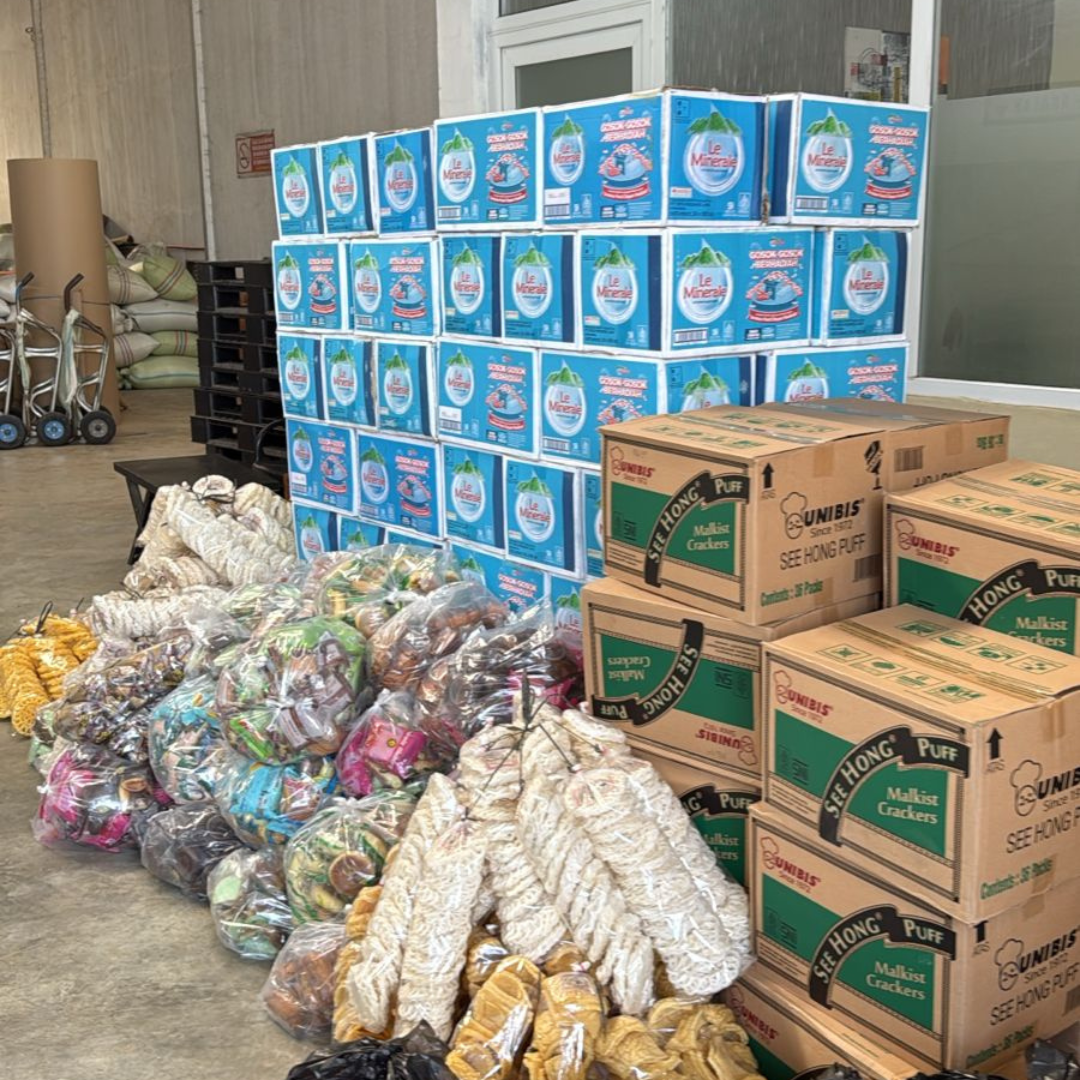
The donations have been used for water, milk and food, which are needed urgently.
India
India has also experienced persistent rain around the Bay of Bengal at the end of November. However, conditions have remained generally favorable. The country's main coffee-growing states—Karnataka, Kerala, and Tamil Nadu—are expected to have a sunny and dry week, creating ideal conditions for the 2025/2026 crop. Arabica harvest activities have already begun, while Robusta is set to start in January.
Piotr, from our coffee sourcing team, is currently visiting our suppliers in Kerala and Karnataka. Stay tuned for updates from his visit.
Monsooned coffees (coffee from the 2024/25 crop that was held back and weathered through the 2025 monsoon) will reach our warehouses this month. Reach out to your L+B trader to book in advance or learn more about our India offerings.
No major updates have emerged from the ports of Cochin or Mangalore.
Papua New Guinea
Papua New Guinea is currently between harvest seasons. There are no significant updates at this time.
Production Estimates in Asia Pacific




